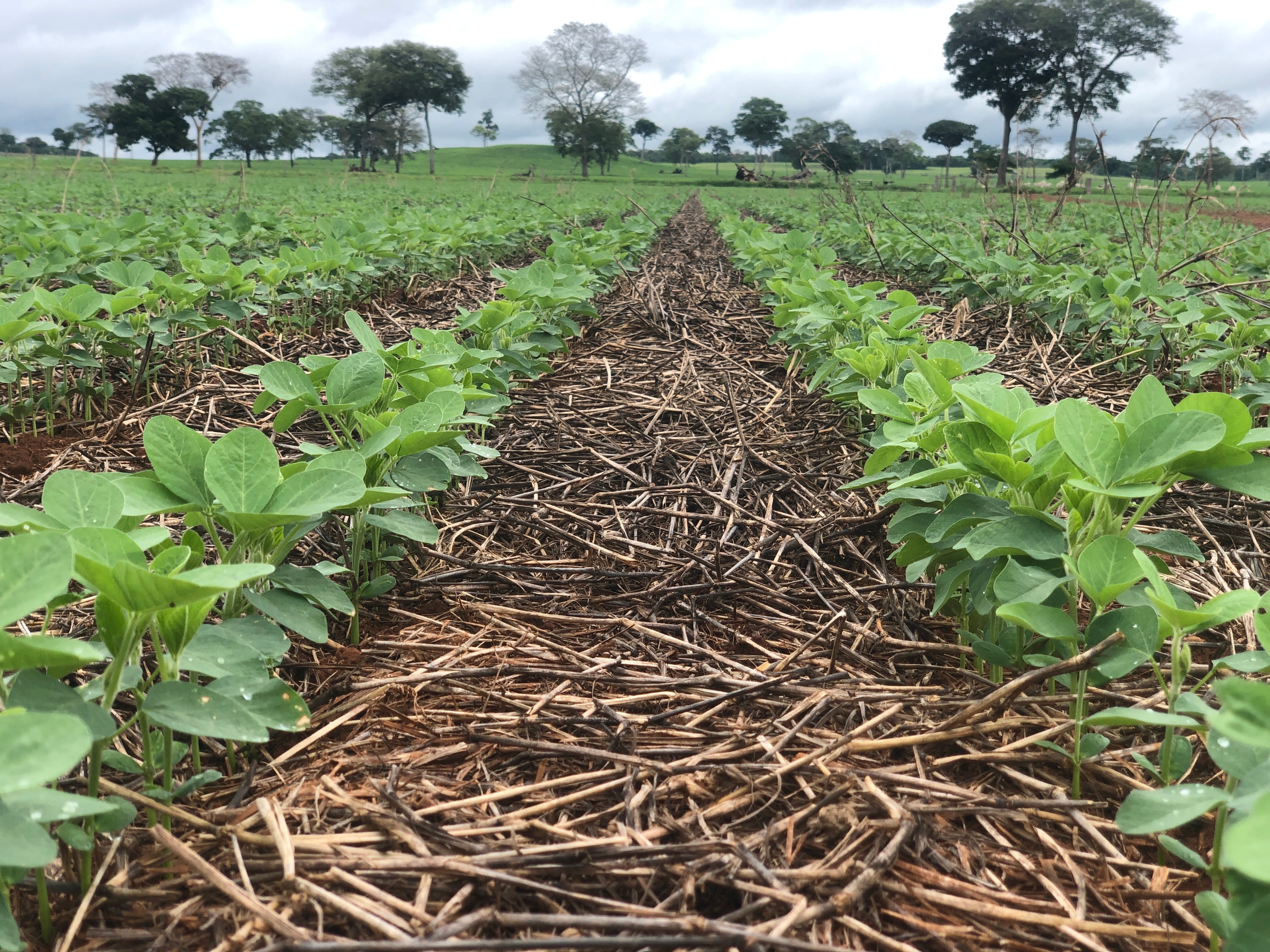 Conventional tilling, usually of the top 6-10 inches of soil, removes organic plant matter covering it, leaving it bare to wind and weather erosion. It also displaces and kills insects and microbes that are important to maintaining healthy biology in soil. Over time, this process destroys soil's ability to effectively absorb water and nutrients, creating a reliance on chemical inputs to maintain its productivity.
Conventional tilling, usually of the top 6-10 inches of soil, removes organic plant matter covering it, leaving it bare to wind and weather erosion. It also displaces and kills insects and microbes that are important to maintaining healthy biology in soil. Over time, this process destroys soil's ability to effectively absorb water and nutrients, creating a reliance on chemical inputs to maintain its productivity.
Reduced tillage minimizes soil disturbance by utilizing fewer passes of equipment on the field. It can be flexibly adapted to suit different circumstances: there are seasonal no-till, reduced-till, and complete no-till strategies which can be most appropriate for a specific farm's conditions.
Reducing or eliminating soil tillage can lead to improvements in overall soil health and organic matter composition by maintaining the plant residues of previous crops. This in turn improves the soil's capacity to retain and use water to dramatically increase its productivity for growing. On top of this, reduced tillage practices can reduce a farm's energy and labor costs.
Learn more about how to implement different kinds of reduced-tillage practices and their multiple benefits on the CA Field Office Technical Guide website.
The following sections highlight some of the most applicable and effective methods for the Sacramento region and provide access to additional sources to learn more.
